STM32F103RBT6 ARM Cortex M3 Development Board
The medium-density performance line family of the STM32F103RBT6 ARM Cortex M3 Development Board incorporates a high-performance ARM Cortex-M3 32-bit RISC core operating at a 72 MHz frequency. This powerful core is complemented by high-speed embedded memories, including Flash memory up to 128 Kbytes and SRAM up to 20 Kbytes. The device also boasts an extensive range of enhanced I/Os and peripherals connected to two APB buses. With its exceptional code efficiency and high performance, the ARM Cortex-M3 processor delivers the same level of performance as larger devices, even though it has a smaller memory size typically associated with 8-bit and 16-bit devices. Plus, since this family has an embedded ARM core, it is fully compatible with all ARM tools and software. Overall, the STM32F103 Performance Line offers the perfect combination of a powerful STM32F103RBT6 ARM Cortex M3 Development Board CPU with versatile peripheral functions and enhanced I/O capabilities.
Some of the main features of STM32F103RBT6 ARM Cortex M3 Development Board include:
The ARM Corporation, a technology leader in the semiconductor industry, has announced a new processor that will revolutionize the mobile device market. This revolutionary processor from ARM will bring unprecedented performance and power efficiency to smartphones and tablets.
The CPU core used by the device is a 32-bit Cortex-M3.
The maximum frequency is 72 MHz, delivering 1.25 DMIPS/MHz performance with no wait state for memory access.
The process of single-cycle multiplication and hardware division.
Memory:
- A total of 128 Kbytes of memory in the form of Flash.
- A memory capacity of 20 Kbytes worth of SRAM.
Management of clock, reset and supply:
- An application supply and I/Os with a voltage range of -2.0 to 3.6 V.
- The POR, PDR, and PVD are all important components in this system.
- A crystal oscillator with a frequency range of 4 to 16 MHz.
- The factory-trimmed RC runs at an internal 8 MHz.
- The internal 40 kHz RC is responsible for generating the clock signal of 40 kHz.
- PLL, or phase-locked loop, controls the CPU clock.
- The RTC is equipped with a 32 kHz oscillator that includes calibration.
- The Direct Memory Access (DMA) is a feature that allows data to be transferred between memory and devices without needing the involvement of the CPU.
- This DMA controller has 7 channels available.
- Supported peripherals include timers, ADC, SPIs, I2Cs, and USARTs.
- This device offers a maximum of 80 rapid I/O ports.
- There are 26, 37, 51, and 80 I/Os, which can all be mapped on 16 external interrupt vectors. Additionally, nearly all of them are tolerant to a voltage of 5 V.
- The debug mode option is available for troubleshooting and identifying any issues that may arise while using the program.
The interfaces for serial wire debug (SWD) and JTAG are both used for debugging. However, it is important to note that these interfaces differ in their specific functionalities and uses.
There are 3 timers available, all with a capacity for 16 bits. They also offer the flexibility of up to 4 IC/OC/PWM inputs or pulse counters, as well as the ability to handle quadrature encoder input.
This timer is designed for motor control and has a 16-bit resolution. It also includes dead-time generation and an emergency stop function.
- There are two watchdog timers available: the Independent and Window modes.
- The 24-bit downcounter for the SysTick timer.
- Communication interfaces are now 9 communication interfaces.
- Includes dual I2C interfaces (compatible with SMBus/PMBus protocols) for increased flexibility.
- The device offers the versatility of up to three USARTs, each with its own unique features such as ISO 7816 interface, LIN, IrDA capability, and modem control.
- The maximum number of SPIs allowed is 2, with a maximum speed of 18 Mbit/s for each.
- The CAN interface (version 2.0B Active)
- The USB 2.0 full-speed interface is an essential feature of this device.
Please take note of the following.
Programming can be done through USB without the use of a programmer or any jumper/switch configuration.


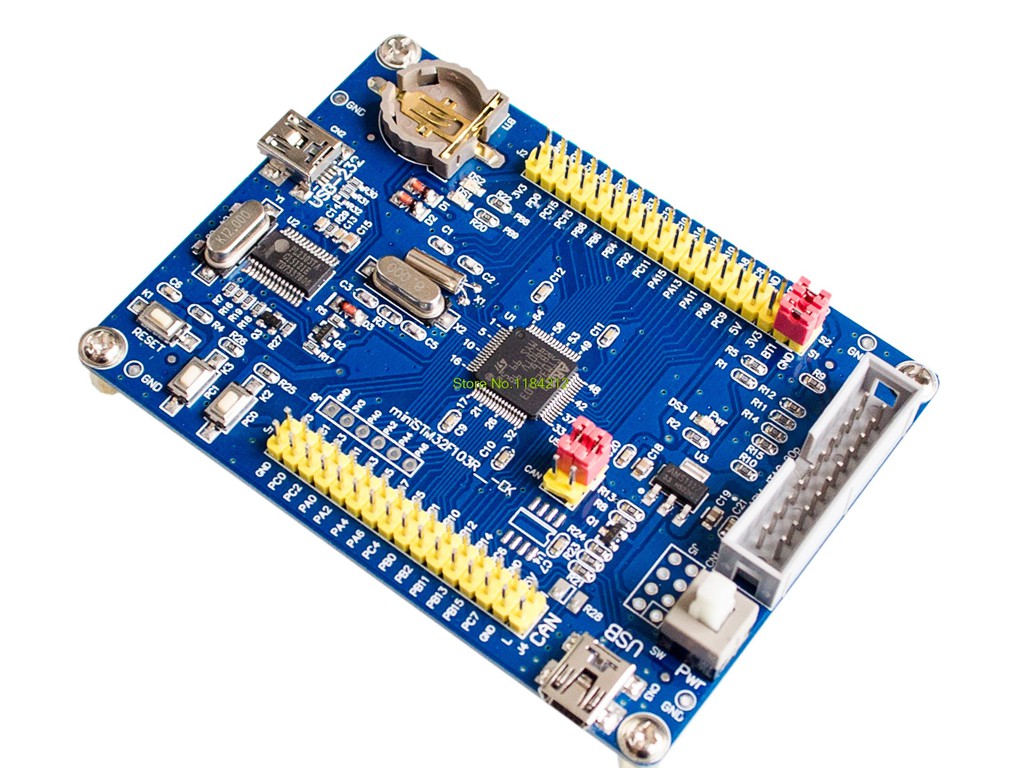

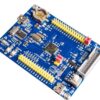
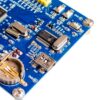
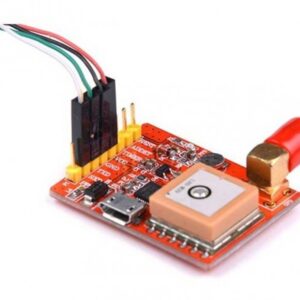


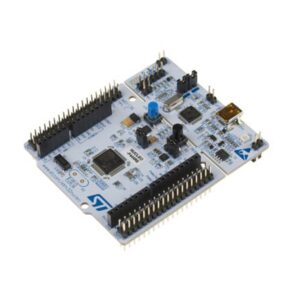



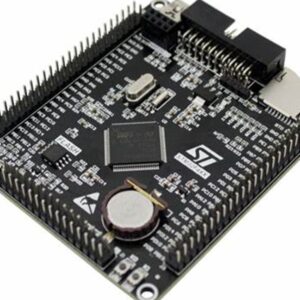

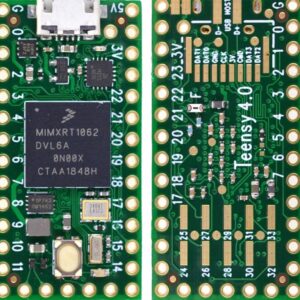

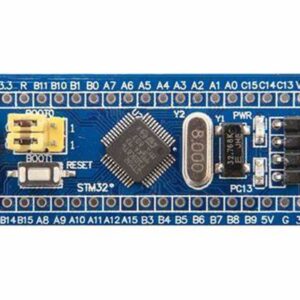
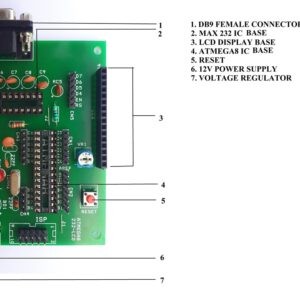

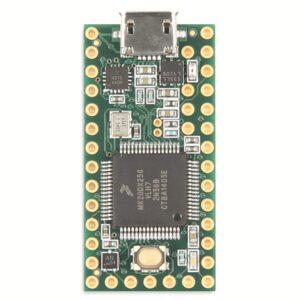

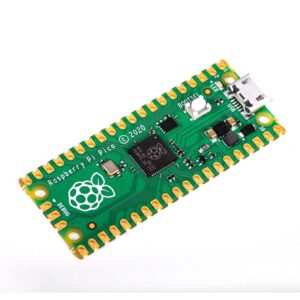

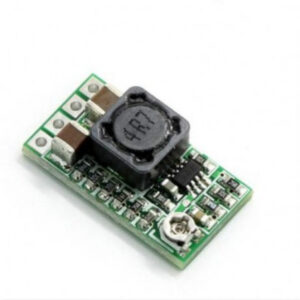
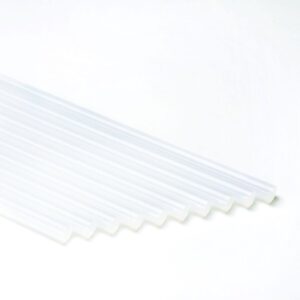
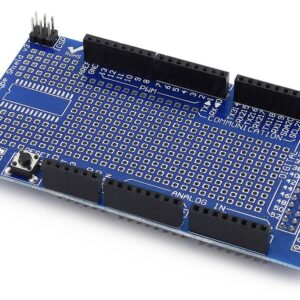
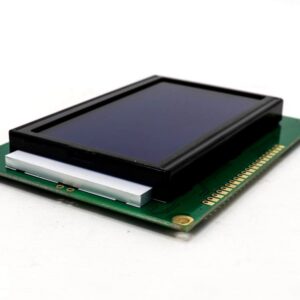
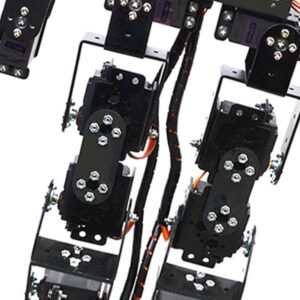



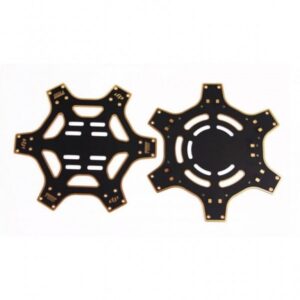
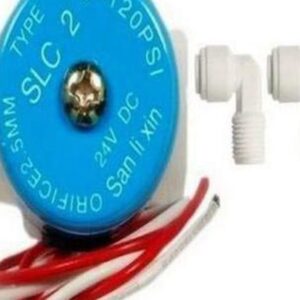
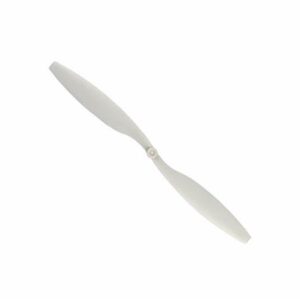
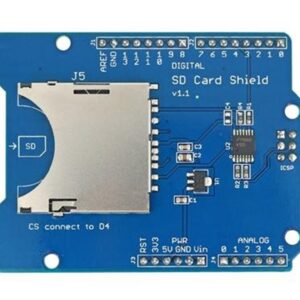


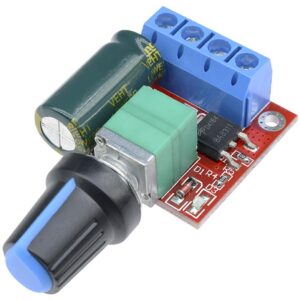
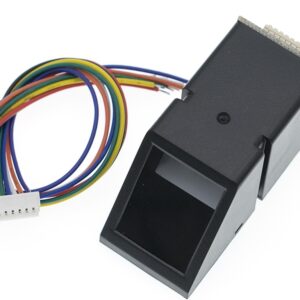
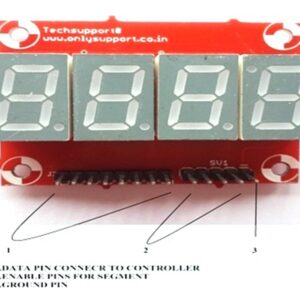
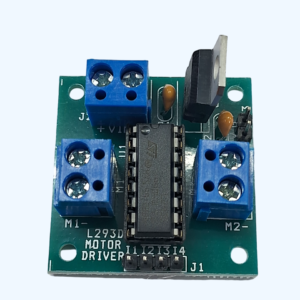
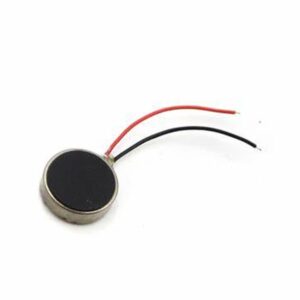

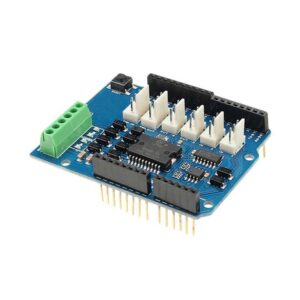


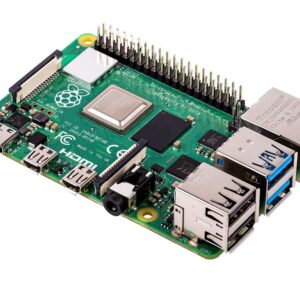

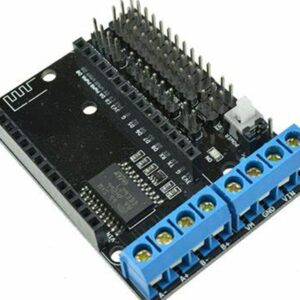



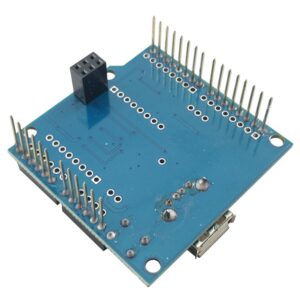
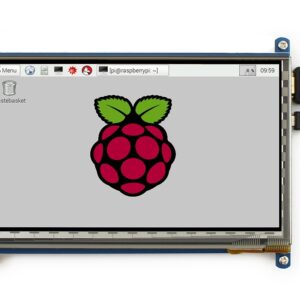
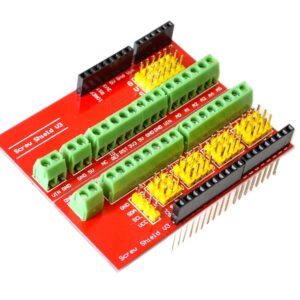
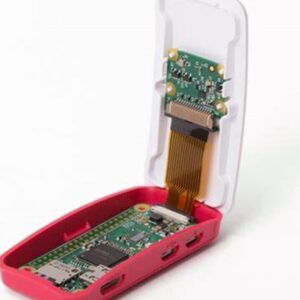

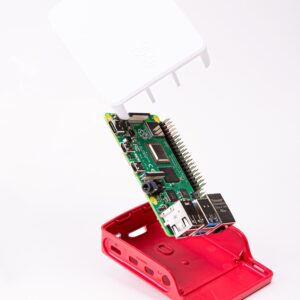

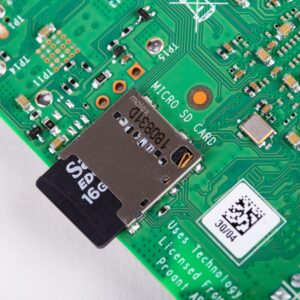

There are no reviews yet.